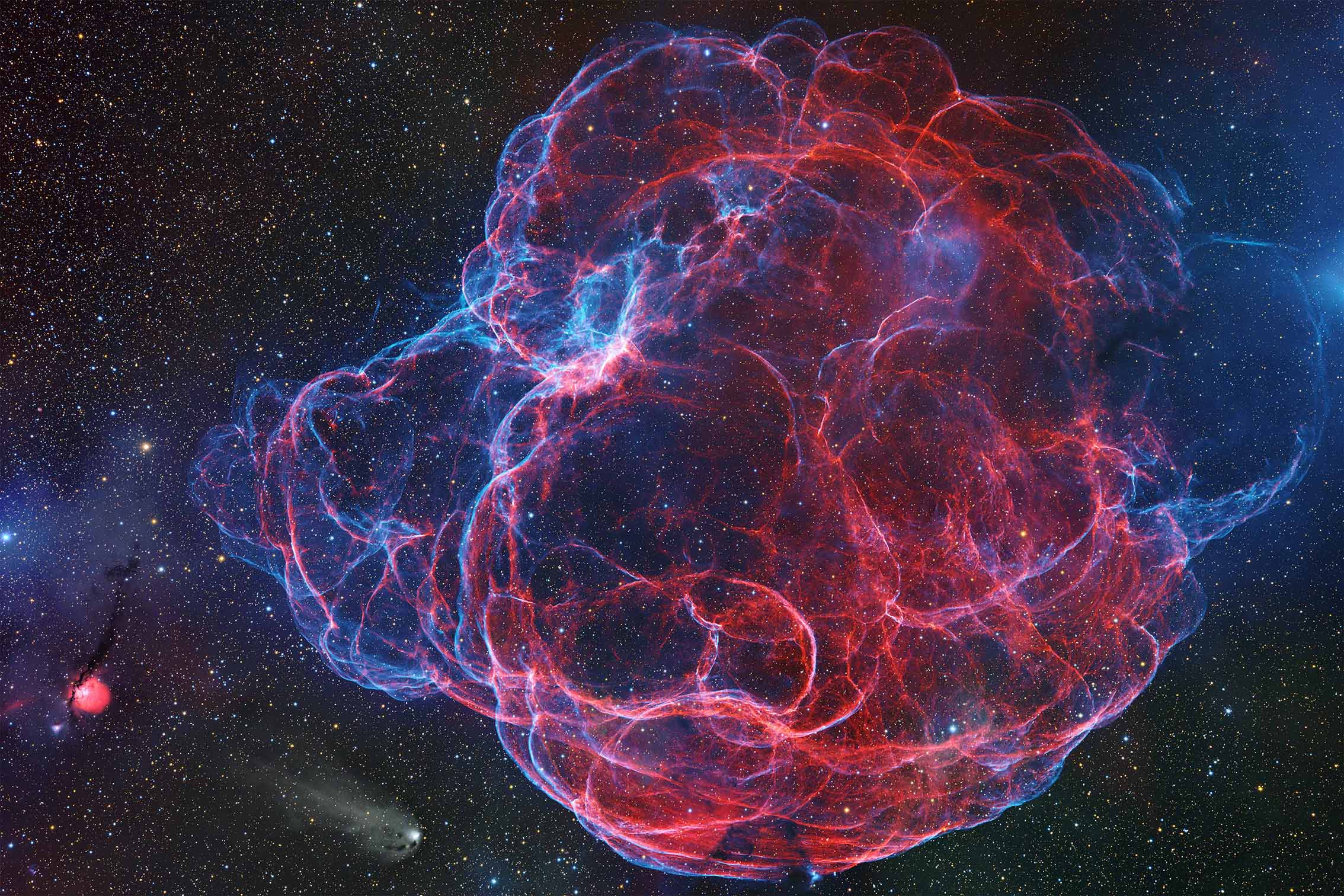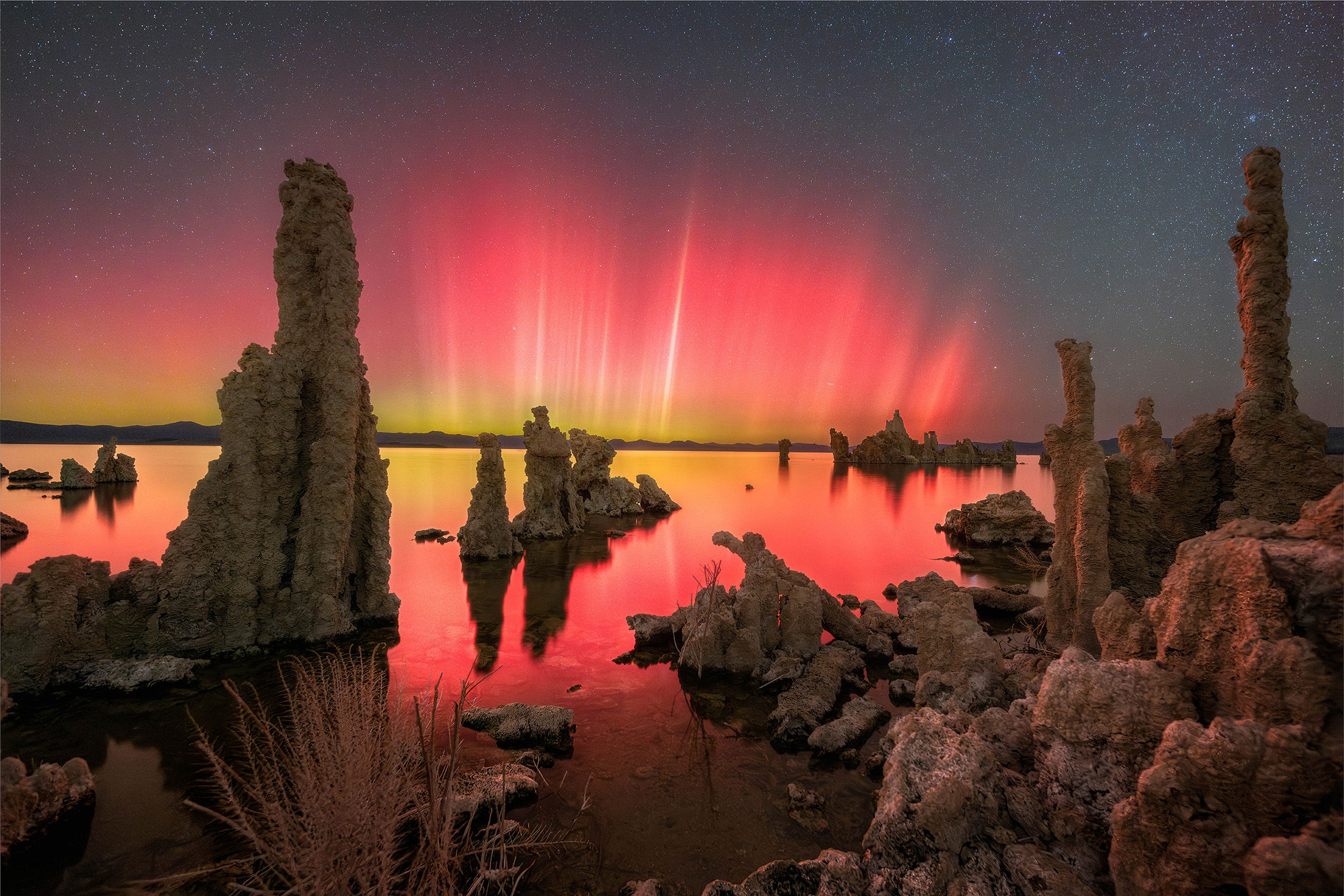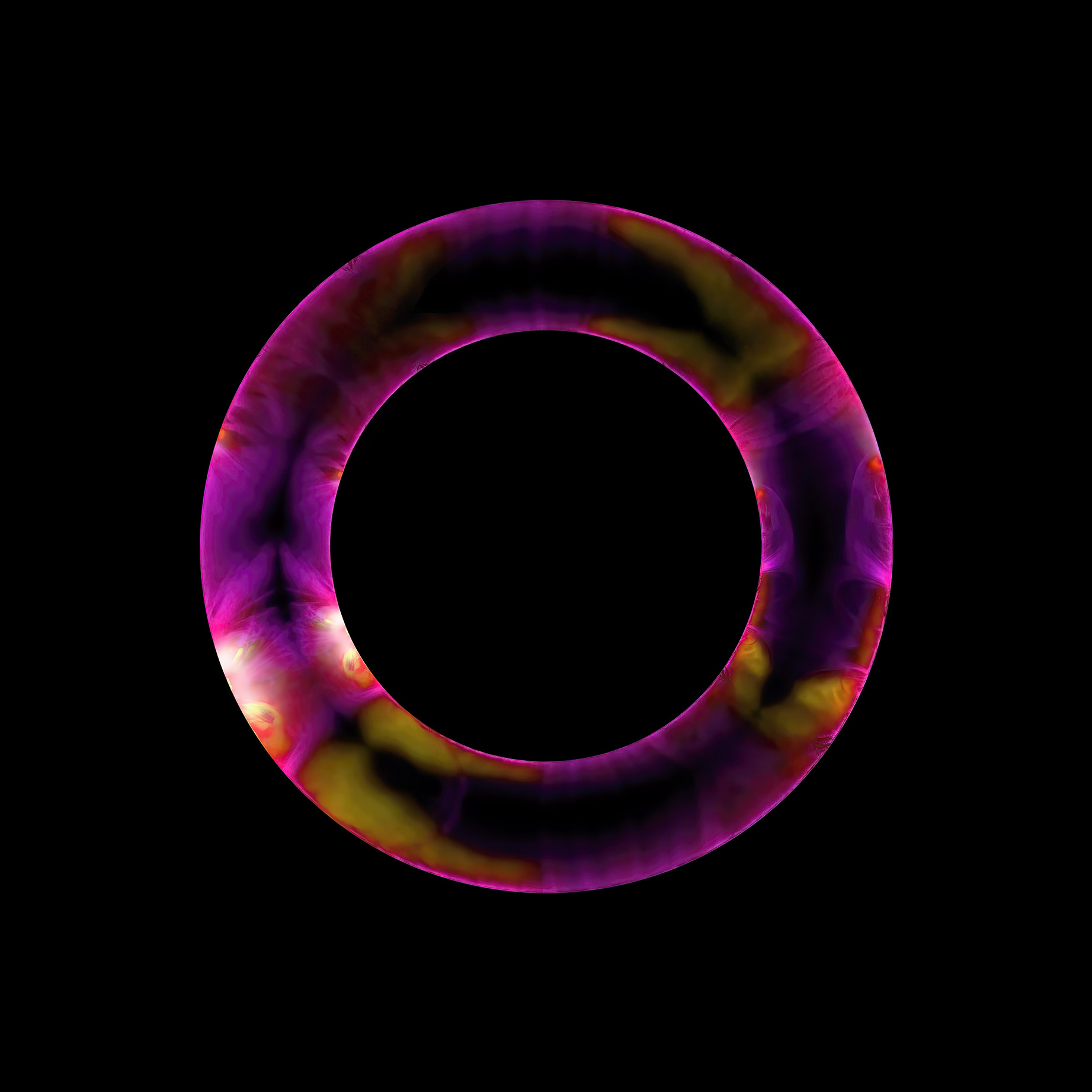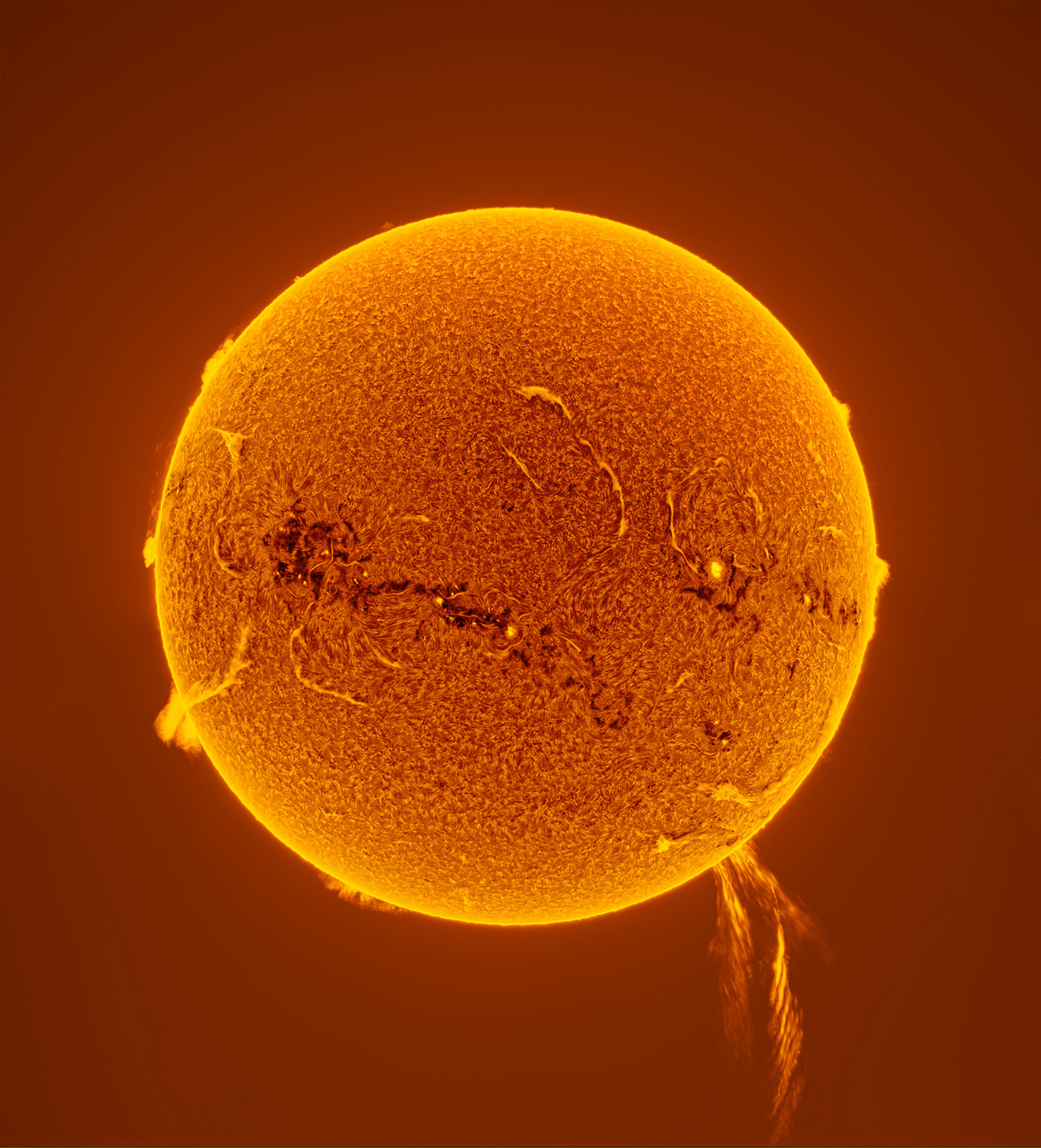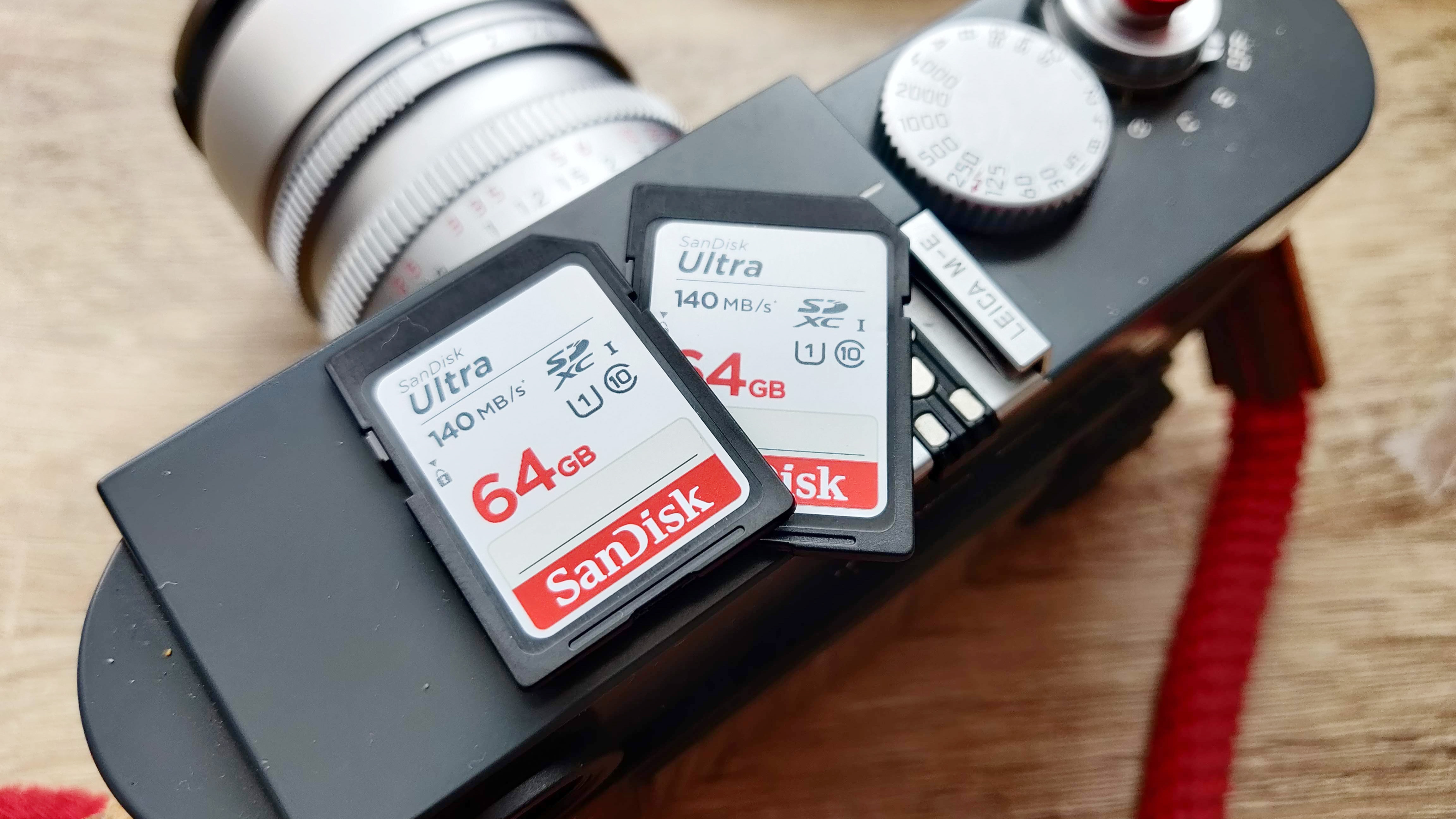Ever seen a 300,000-mile solar prominence eruption? This stunning image is shortlisted for the ZWO Astronomy Photographer of the Year
Explore the jaw-dropping astro images shortlisted for this year's competition, and let's guess who might take home the ultimate title
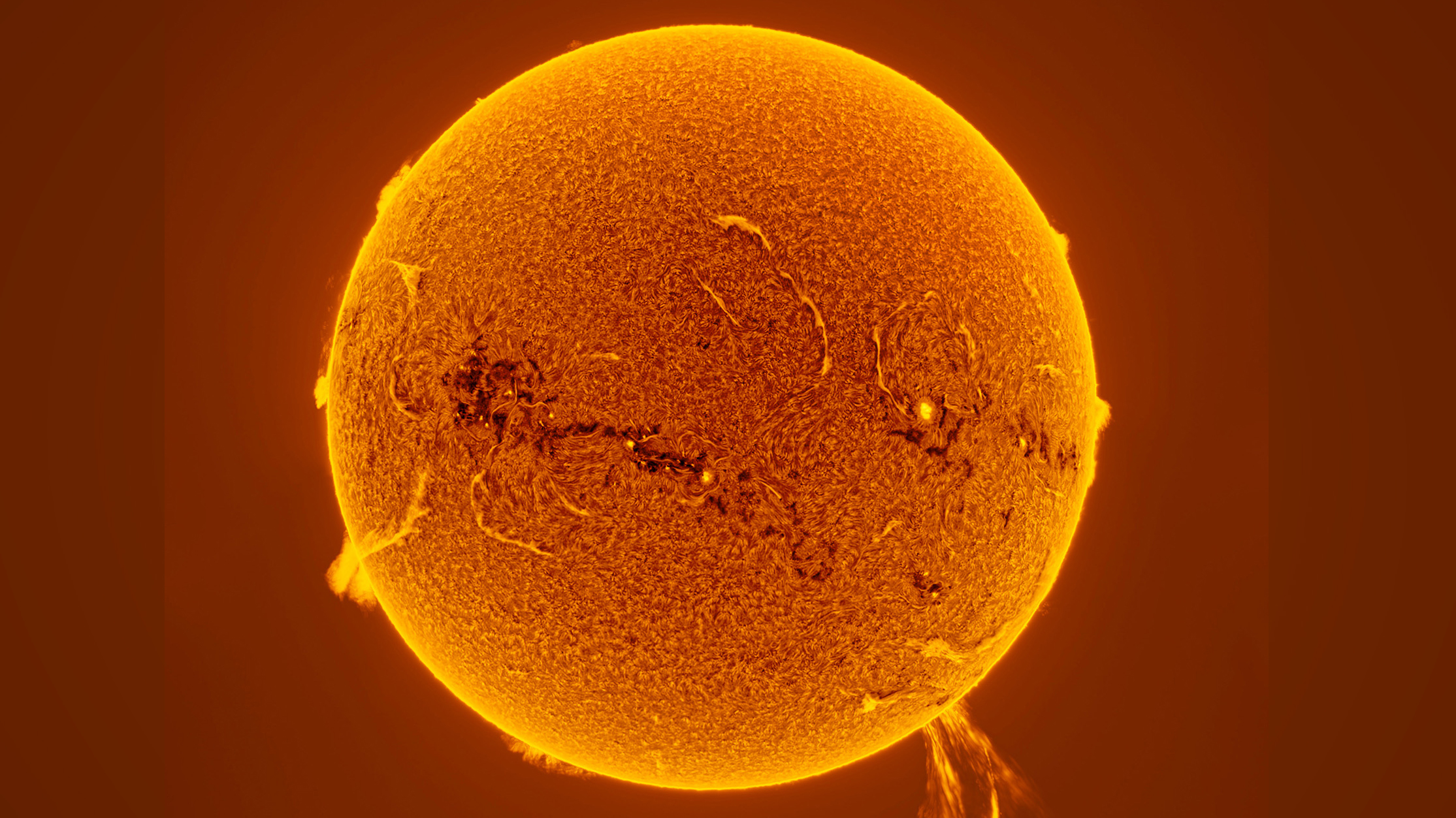
There are a few things that capture our imagination, like the cosmos. Vast, mysterious, and still largely unexplored, the universe continues to inspire photographers around the globe to point their lenses toward the skies in search of the extraordinary.
The Royal Observatory Greenwich has unveiled the shortlist for the 2025 ZWO Astronomy Photographer of the Year competition – from mesmerizing solar eruptions to celestial close-ups, the selected images showcase some of the most breathtaking phenomena our galaxy has to offer. The competition, which is supported by ZWO and held in association with BBC Sky at Night Magazine, is a prestigious award in astrophotography.
Among this year's highlights is a 500,00km (300,000 mile) solar prominence eruption captured in incredible detail, the phases of a total solar eclipse, a dramatic blood moon rising behind city skyscrapers, a close encounter with a comet, and even a surreal neon-hued Sun. Each image not only brings the wonders of space closer to us but has a shot at taking the top prize: the title of Astronomy Photographer of the Year.
Winners will be announced across nine categories, along with two special prizes and the coveted overall POTY title. The winners will be revealed on Thursday, 11 September, via a special online awards ceremony that you can join from home.
Until then, let's dive into this year's shortlist highlights and see which images – and photographers – might rise to the top of the galaxy. If you want to check out more shortlisted images of this year's ZWO Astronomy Photographer of the Year, visit the Royal Museums Greenwich website.
Electric Threads of the Lightning Spaghetti Nebula by Shaoyu Zhang
"This full-spectrum image of the Spaghetti Nebula unveils the faint and elusive nature of this supernova remnant (SNR), hidden behind a vast cloud of dust that obstructs its emission light. To enhance its visual appeal, Shaoyu Zhang dedicated considerable time to capturing OIII data, intensifying the blue and green hues, while allowing SII and H-alpha to support high dynamic range stretching for added depth."
The best camera deals, reviews, product advice, and unmissable photography news, direct to your inbox!
Total Solar Eclipse by Louis Egan
Shortlisted in ZWO Young Astronomy Photographer of the Year
"This 22-megapixel panorama shows the different stages of the full solar eclipse, with a high dynamic range (HDR) image of totality in the middle. This reveals both the bright corona and finer details otherwise lost in standard exposures. The final image uses approximately 200 images with varying exposure times to create an HDR totality, before combining everything together."
Aurora Over Mono Lake: A Rare Dance of Light by Daniel Zafra
"This photograph captures the rare occurrence of Northern Lights in California. Vibrant ribbons of magenta and green light up the sky, reflecting in the still waters among the rock formations."
Neon Sun by Peter Ward
Shortlisted in the Annie Maunder Open Category
"The data from NASA's Solar Dynamics Observer (SDO) probe was used here to show the Sun's inner corona in a way that hints at a process similar to that which energises colourful neon lights on Earth. Images taken by the SDO in the ultraviolet spectrum were remapped to a more vibrant palette, with the same coronal data turned 'inside out' to surround the Sun, creating the illusion of it being enclosed in a neon tube. The data was then polar inversed to mirror the inner coronal image and colour saturation was increased."
500,000km Solar Prominence Eruption by PengFei Chou
"On 7 November 2024, the Sun experienced a massive solar prominence eruption, with a length exceeding 500,000 km (311,000 miles). The eruption lasted approximately one hour from its initial outburst to its conclusion. The eruption phase of the prominence is composed of more than 20 stacked data sets highlighting the entire process of this spectacular event."
You might like...
Capturing stunning images of the night sky and space starts with having the right gear. Check out our guides to the best cameras for astrophotography and the best lenses for astrophotography.
For more inspiration, check out this astronaut's incredible photo, taken from space, features in the Milky Way Photographer of the Year collection, or discover how a photo geek astronaut started NASA's relationship with Hasselblad.

Kim is a photographer, editor and writer with work published internationally. She holds a Master's degree in Photography and Media and was formerly Technique Editor at Digital Photographer, focusing on the art and science of photography. Blending technical expertise with visual insight, Kim explores photography's time-honored yet ever-evolving role in culture. Through her features, tutorials, and gear reviews, she aims to encourage readers to explore the medium more deeply and embrace its full creative potential.
You must confirm your public display name before commenting
Please logout and then login again, you will then be prompted to enter your display name.
